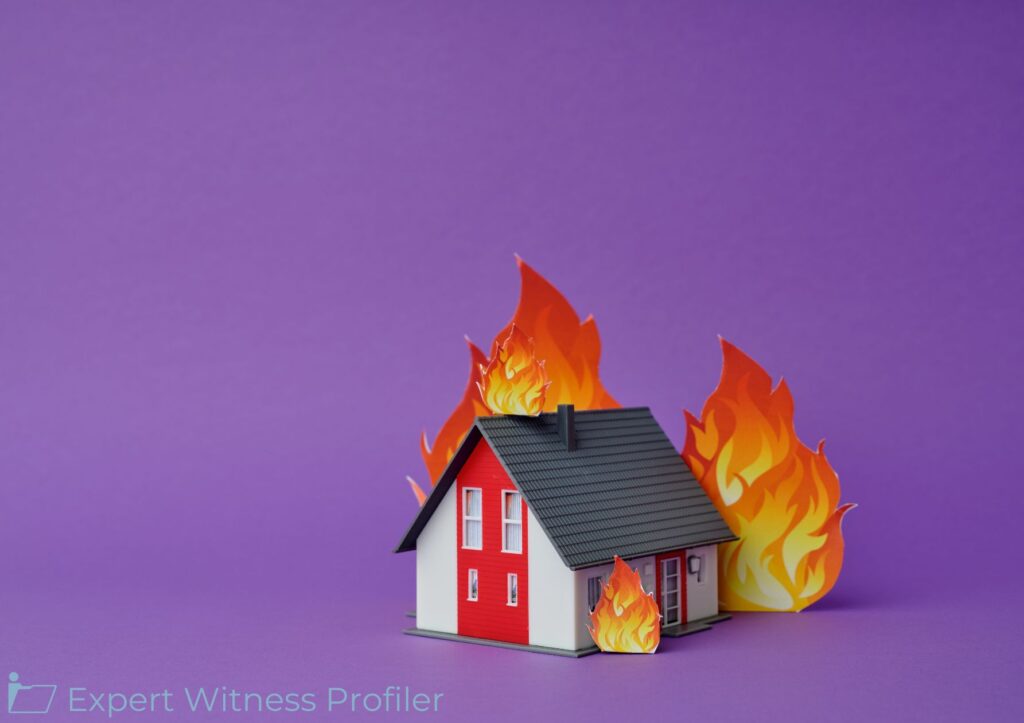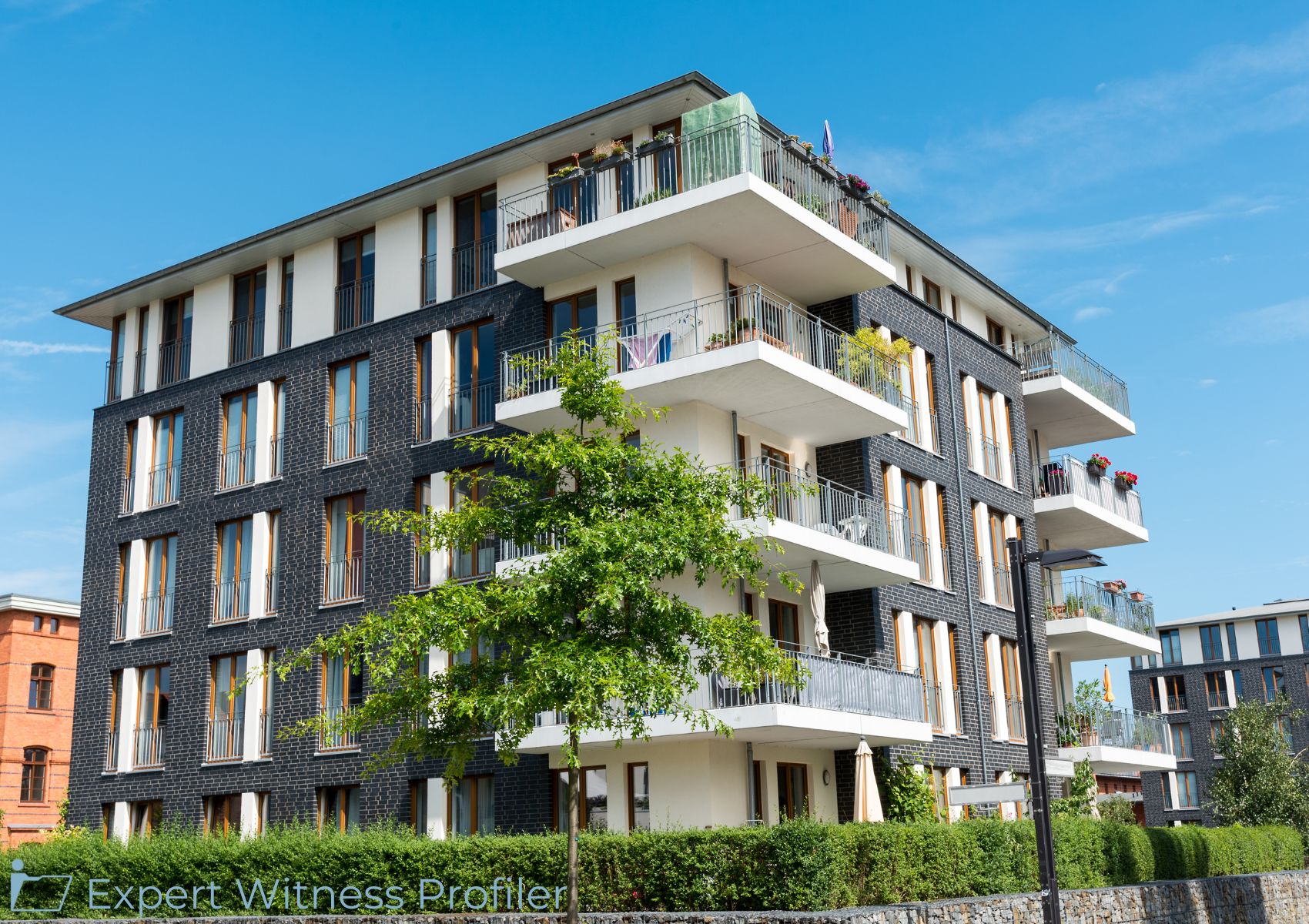Fire Investigation Expert’s Testimony About a Missing Orifice Admitted
Posted on August 4, 2025 by Expert Witness Profiler
On January 21, 2021, a fire destroyed Jacqueline Flynn’s home located at 7618 Craig Court in Orlando, Florida. The Plaintiff purchased a Thermacell Patio Shield on the day of the fire. Since the Patio Shield was the only energized device in use on the balcony at the time of the fire, the Plaintiff filed her complaint alleging negligence and strict products liability against the Defendants as a result of the Fire.
The Defendants filed a Daubert motion to exclude the opinions of Plaintiff’s expert John J. Lentini.

Fire Investigation Expert Witness
John Joseph Lentini served as a principal member of the NFPA 921 Technical Committee for 20 years and routinely reviews other investigators’ reports to evaluate their compliance with NFPA 921 and other standards. He is the president and principal investigator at his consulting firm.
Since 1975, he has given expert testimony in over two hundred cases in civil and criminal court in several states and in the Federal Courts.
Discussion by the Court
Defendants’ Objections
The Defendants sought to exclude Lentini’s opinion that the Thermacell Patio Shield experienced a manufacturing defect causing the fire.
Lentini presented four opinions in his expert report. First, he stated that the fire started on the second-floor balcony where the Thermacell Patio Shield was located. Second, he explained that if the Thermacell unit catches fire, its components will burn vigorously and act as a capable ignition source for nearby combustibles. Third, he suggested that the most probable cause of the fire is a malfunction of the Thermacell unit due to a manufacturing defect. Fourth, he indicated that the most likely manufacturing defect is the absence of an orifice. Lentini supported each of these opinions with their respective bases.
Lentini’s Opinions
Methodology
To begin with, Lentini conducted experiments to demonstrate that if the orifice was omitted from the Thermacell Patio Shield during manufacturing, a flame would appear near the intake and contact the bottom of the combustible heat box.
Once Lentini’s experimentation established that the Patio Shield was a competent ignition source, Lentini ruled out other possible causes for the fire. Lentini opined that the Thermacell Patio Shield was the only thing on the second-floor balcony that could have caused the fire.
Lentini observed that common sense also suggests the Thermacell Patio Shield caused the fire. He stated, “[i]f there was an electrical failure, it is a major coincidence. . . . Almost astronomically impossible coincidence that a latent [electrical] defect decided to manifest itself during that short period of time that the Thermacell unit was burning for the first time.”
In summary, Lentini tested the Thermacell unit to see if it could serve as a competent fire source. He found that tipping the unit on its side or dropping it from a patio table height did not produce a reliable fire, ruling out the chance of an accidental fire caused by a gust of wind. Lentini also eliminated the possibility of an electrical fire originating from an outlet, overhead lights, or the television on the patio. He then concluded that a manufacturing defect, such as a missing orifice, allowed enough butane to be released to ignite the device, which broke the glass tabletop and set fire to other combustible materials, including the lounge chairs and cushions. The Court therefore found that Lentini’s methodology is sufficiently reliable to meet Daubert standards.
Lentini’s Opinions on Origin
They Defendants sought to exclude Lentini’s opinion that the fire originated on the balcony where the Thermacell unit was located.
Lentini ruled out electrical causes for the fire, leaving the Patio Shield as the source. Since Lentini’s methodology is sound, the Court held that his conclusion—that the fire started on the balcony at the Thermacell unit—remains valid.
The Defendants also sought to exclude Lentini’s opinion that Garrett Wienckowski of Orange County Fire Rescue and Patrick Dugan of NEFCO Fire Investigations used generally accepted methods to conclude that the fire started at the location of the Thermacell unit.
Lentini can rely on Dugan’s report, and in doing so, may explain why these facts and data are the types typically relied upon by experts in his field when forming an opinion, including the reliability of Dugan’s methodology. As for Chief Wienckowski, the Defendants argued that Lentini cannot offer an opinion on his conclusions because the Chief’s opinions are inadmissible.
The Court previously found that his opinion that the fire started on the second-floor balcony, that it was accidental, and that there is no information suggesting this was an electrical fire, are admissible as lay witness opinions. Lentini may testify on how these lay witness opinions are used in forming his own opinions.
The Defendants’ next objection is to Lentini’s opinion that credible eyewitnesses placed the origin of the fire on the second-floor balcony. However, the Court denied the Defendants’ motion to exclude an opinion on a point they admitted.
Defendants also sought to exclude Lentini’s opinion that there were no other potential sources of ignition on the balcony as unsupported by Dugan’s investigation. The Court overruled the Defendants’ Daubert Motion to exclude the testimony of Dugan, finding his methodology sound.
Held
The Court denied the Defendants’ Daubert motion to exclude the opinions of Plaintiff’s expert John J. Lentini.
Key Takeaway:
The Defendants seemed to argue that neither Lentini’s opinions nor their supporting bases can be stated with certainty. It is important to note that “certainty is not required to provide expert testimony.”
Because the Court found Lentini’s opinions on the cause of the fire to be sufficiently reliable and helpful, the Defendants’ request to exclude his opinion that the Thermacell unit will burn vigorously and provide a competent ignition source, and that the likely cause of the fire is a manufacturing defect, is denied.
Please refer to the blog previously posted about this case:
Fire Investigation Expert’s Opinion on Damage to the Residence Admitted
Case Details:
| Case Caption: | Flynn V. Thermacell Repellents, Inc. Et Al |
| Docket Number: | 6:23cv1890 |
| Court Name: | United States District Court, Florida Middle |
| Order Date: | August 01, 2025 |





